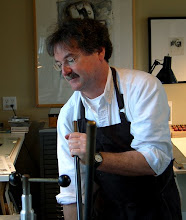Rainwater harvesting is a clean, low-energy source of water that can reduce demands of groundwater wells and water treatment plants for a wide variety of applications. The Center for Watershed Protection (CWP) (Ellicott City, MD) and Rainwater Management Solutions (RMS) (Charlottesville, VA) teamed together to develop a project that illustrates how such water can be used in an agricultural setting in Virginia. The site chosen, a broiler chicken farm in Prospect VA, led CWP personnel to Longwood’s Dept of Biological and Environmental Sciences where Dr. David Buckalew and his students have monitored streams in the Appomattox River watershed for coliform bacteria and E. coli for most of the last 12 years. CWP contracted Dr. Buckalew to collect and process bacterial samples from several points within the large 22,000 gallon cistern system that RMS designed and installed at the farm site. The Longwood team will also determine pH and water turbidity as well as assist in collecting water samples for laboratory tests of other parameters such as nutrients and metals.
|
Longwood Biology students Sarah Lucento and Timothy Smith sample for nutrient elements and bacteria from large cistern tank at rainwater harvesting site at Goins Farm in Prospect, VA. |
Filed under: Biological & Environmental Sciences | Leave a Comment »





